Optimal Timing for Foundation Repairs
Foundation repairs are most effectively performed during specific times of the year when environmental conditions are favorable. Proper timing can help ensure the longevity and effectiveness of the repair process, minimizing potential complications related to weather and soil conditions.
Understanding the optimal timing for foundation repairs involves considering factors such as soil moisture levels, temperature, and seasonal weather patterns. Addressing foundation issues during the right season can lead to better results and reduced risk of future problems.
Spring offers moderate temperatures and increasing soil moisture, which can facilitate foundation stabilization and repair work.
Summer provides warm weather, but excessive heat and dry soil conditions may complicate foundation work and affect curing times.
Fall typically presents cooler temperatures and stable soil moisture, making it an ideal time for foundation repairs before winter.
Winter is generally less suitable due to freezing temperatures and frozen ground, which can hinder excavation and curing processes.
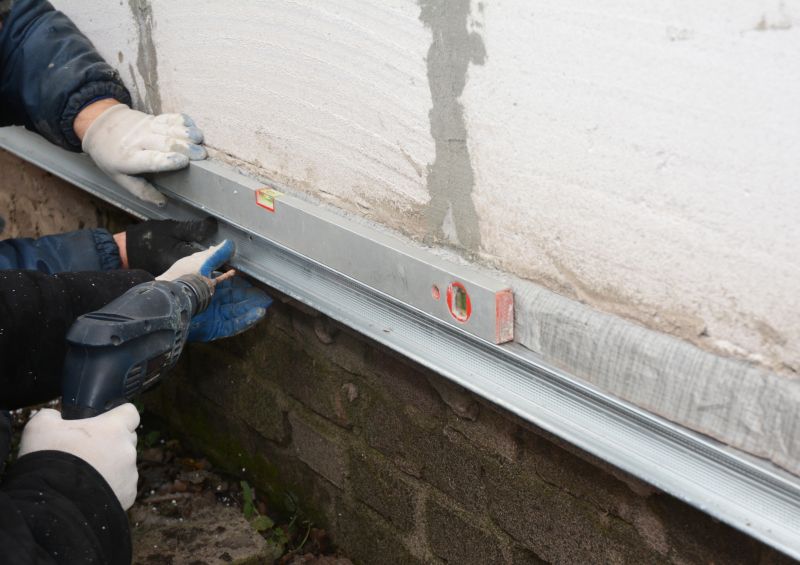
Spring's moderate conditions support effective foundation stabilization.
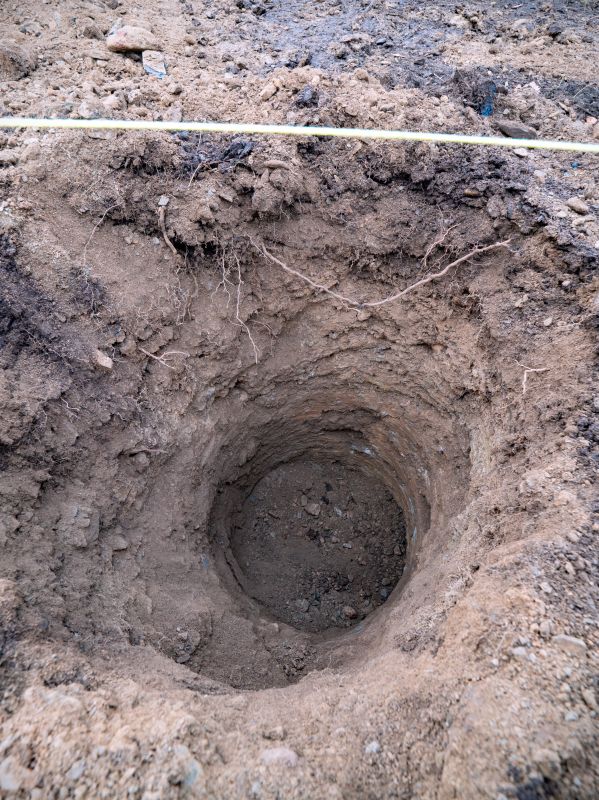
High temperatures and dry soil can pose challenges for foundation work.

Ideal for completing repairs before winter freezes set in.
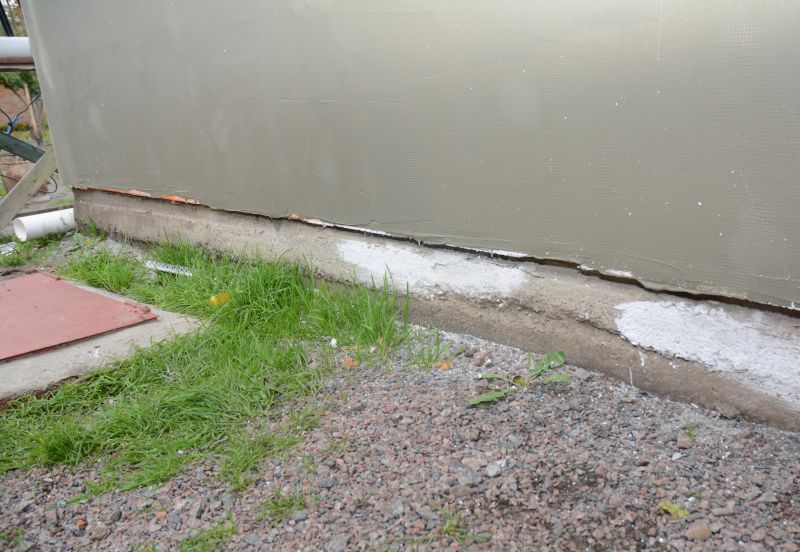
Ways to make Foundation Repairs work in tight or awkward layouts.
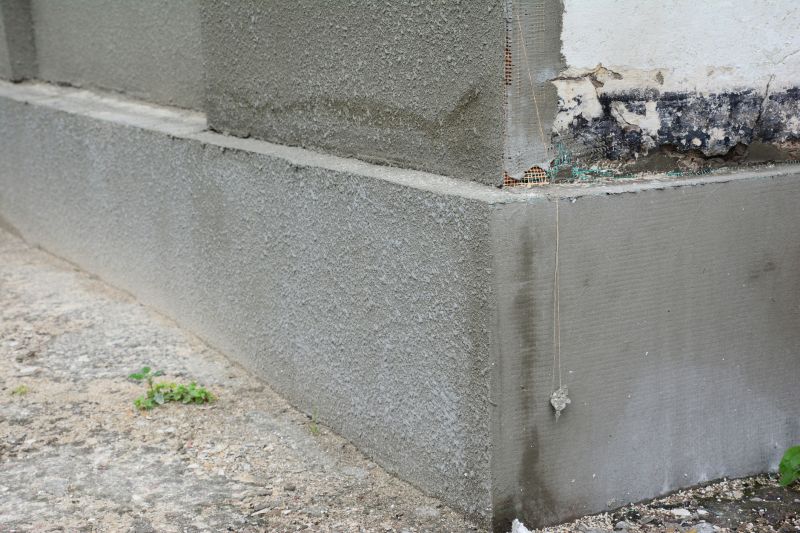
Popular materials for Foundation Repairs and why they hold up over time.

Simple add-ons that improve Foundation Repairs without blowing the budget.
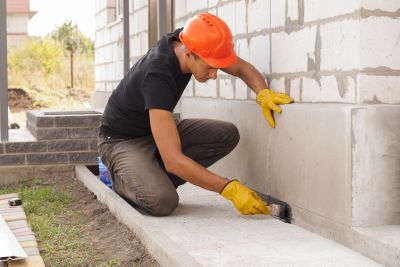
High-end options that actually feel worth it for Foundation Repairs.
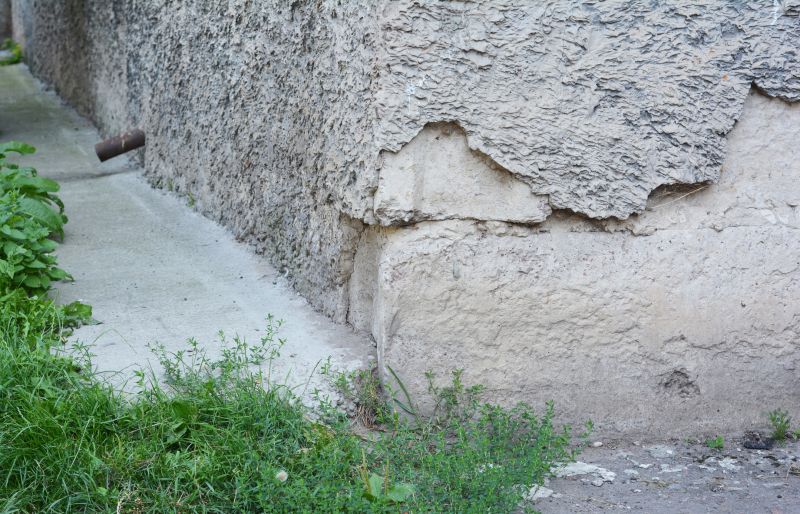
Finishes and colors that play nicely with Foundation Repairs.
| Season | Suitability for Foundation Repairs |
|---|---|
| Spring | High suitability due to favorable soil moisture and moderate temperatures. |
| Summer | Less ideal due to dry conditions and high temperatures. |
| Fall | Optimal time with cooler temperatures and stable soil. |
| Winter | Not recommended because of freezing ground and low temperatures. |
Foundation repairs address issues such as shifting, cracking, or settling of the building's foundation. These problems can result from soil movement, moisture variations, or structural stress. Timely repairs can prevent further damage, preserve property value, and maintain structural integrity.
Statistics indicate that addressing foundation issues early can reduce repair costs significantly and prevent more extensive structural damage. Properly timed repairs, especially during suitable seasons, can enhance the effectiveness of stabilization methods and long-term durability.

Cracks often indicate underlying settlement or shifting that requires professional repair.
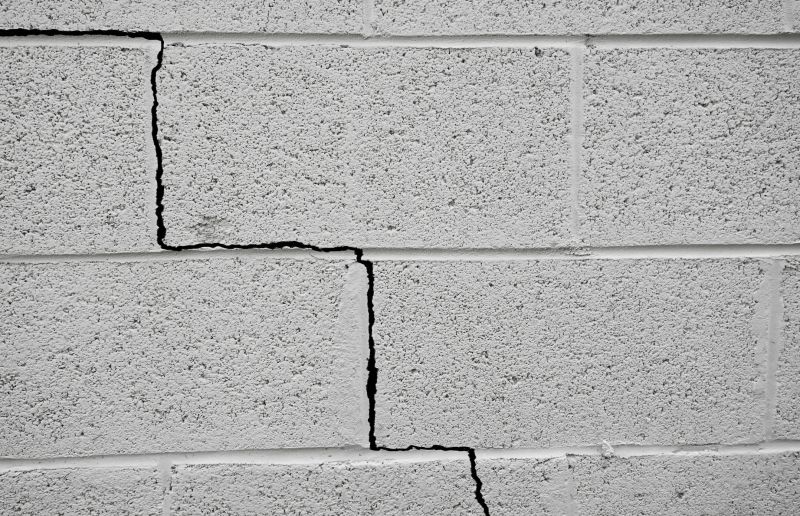
Soil movement can cause uneven settling, impacting the stability of the foundation.
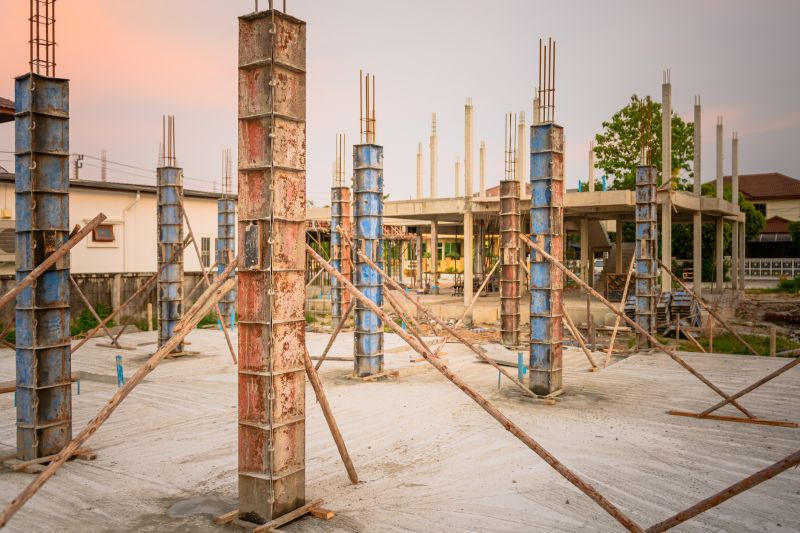
Pier and beam systems may need reinforcement during optimal seasonal conditions.
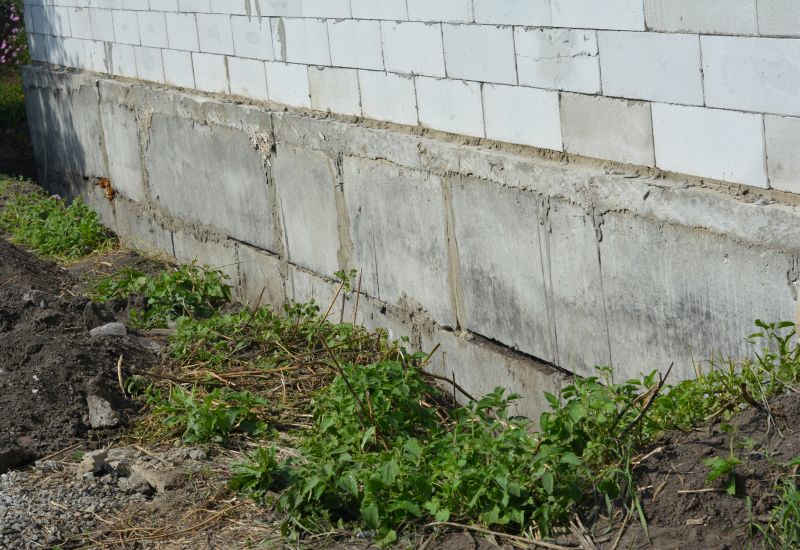
Basement wall repairs are most effective when soil conditions are stable.
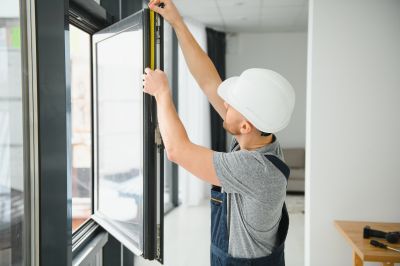
Little measurements that prevent headaches on Foundation Repairs day.

A 60-second routine that keeps Foundation Repairs looking new.
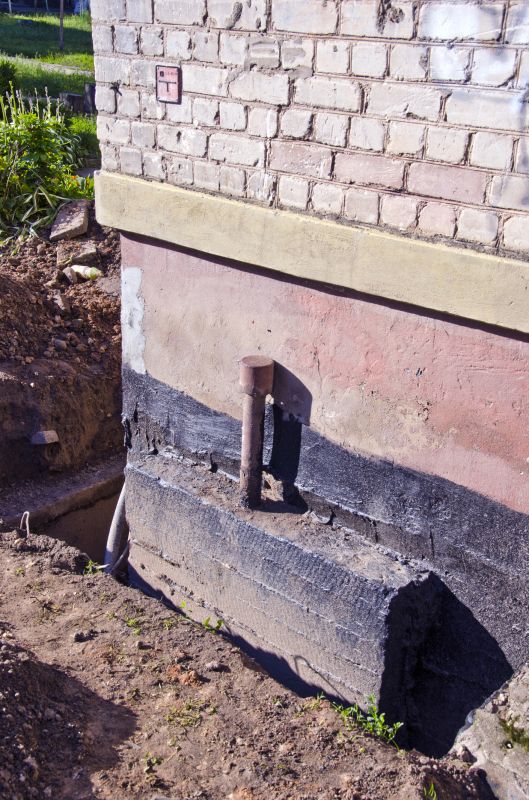
A frequent mistake in Foundation Repairs and how to dodge it.

Small tweaks to make Foundation Repairs safer and easier to use.
Interested property owners in Janesville, WI, can consider scheduling foundation repairs during the fall or spring to ensure the best results. Proper timing can help mitigate future issues and extend the lifespan of the repair work.
For further information or to discuss foundation repair options, it is recommended to contact a professional. Filling out the contact form can provide the necessary details to plan repairs at the most suitable time for property conditions.

